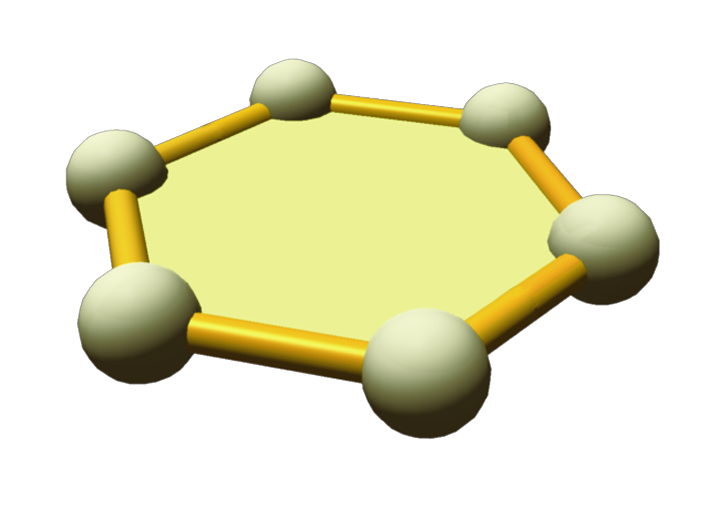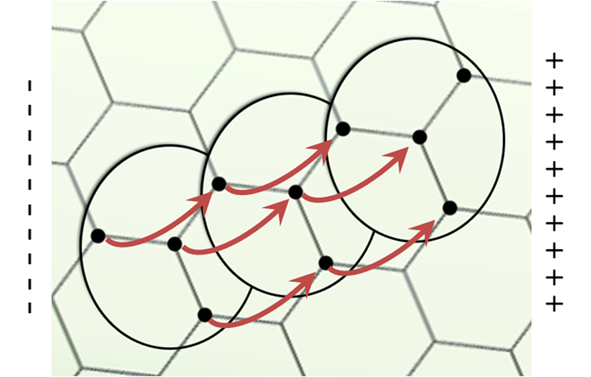Developement of Molecular Mechanics FEs for Graphene
Non-Linear FEs based on uncoupled Molecular Mechanics Potetinal Equations have been developed. The employed parameter set has been optimized for graphene using DFT calculations. The developed models have been incorporated into Abaqus®.
The employed parameter set has been optimized for graphene using DFT calculations. The developed models have been incorporated into Abaqus®.
Developement of Molecular Mechanics FEs for Carbon Nanotubes
A surface finite element was developed based on the Brenner Molecular Potential formulation. Each element includes all molecular interactions within its domain. The equivalent ''total'' and ''tangential'' stiffness matrices are formulated analytically and are used to assembly the equivalent stiffness of the whole nanotube. The response of the nanotube is subsequently predicted using a nonlinear FE solver, in this case, the Newton-Raphson technique.
Piezoresistive Response of CNT-Polymers
The electromechanical coupling of CNTs has been studied using elements of the Tight-Binding Theory. The research has been focused on variation of the electrical resistance/conductance of a CNT subjected to uniform axial load inside an electric field. Percoaltion theory has been employed in order to investigate conductivity of CNT-doped polymers. Predictions are in good agreement with experimental data for strains up to 1%.

Related Publication(s): TC Theodosiou, DA Saravanos, "Numerical investigation of mechanisms affecting the piezoresistive properties of CNT-doped polymers using multi-scale models", Composites Science and Technology 70 (9), 1312-1320, 2010.